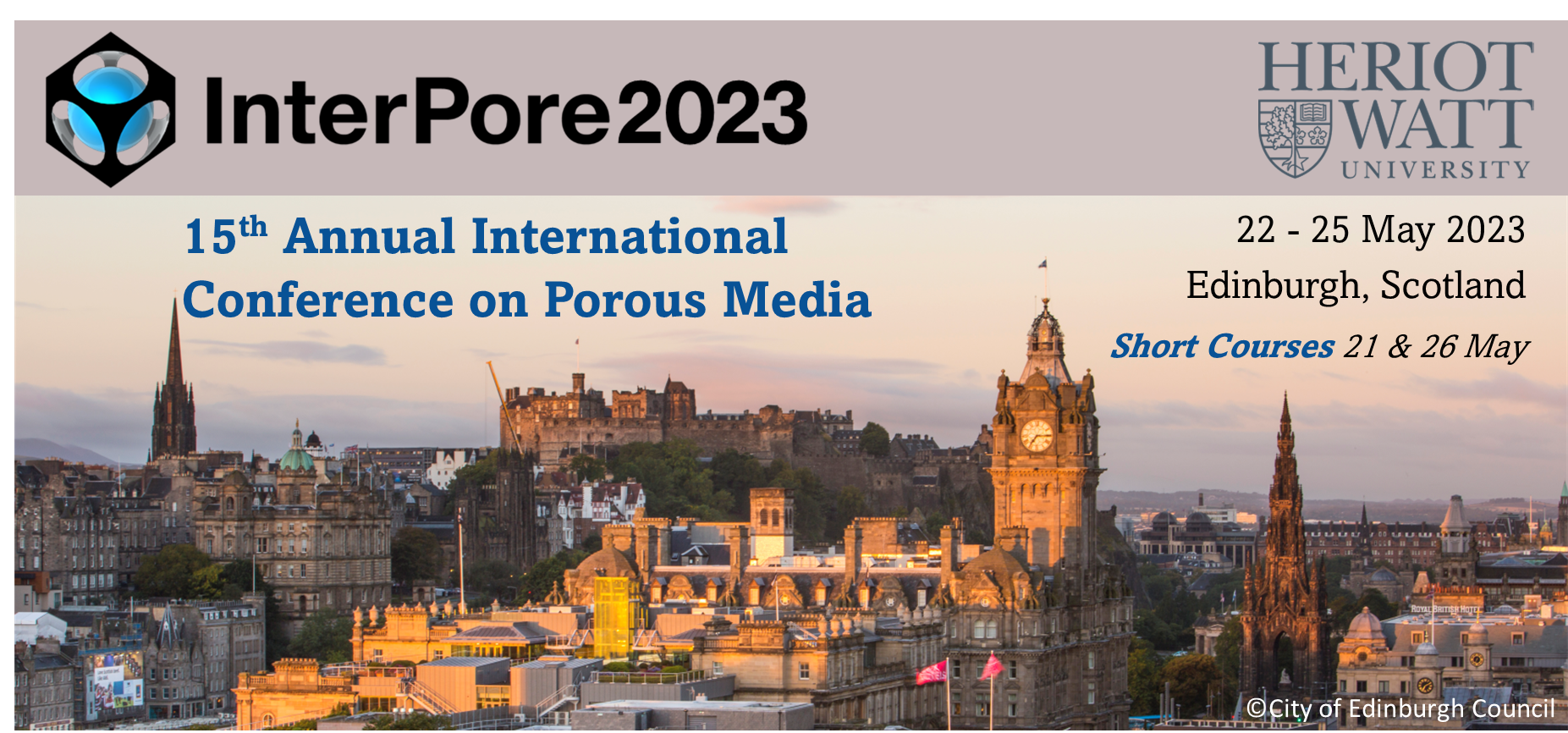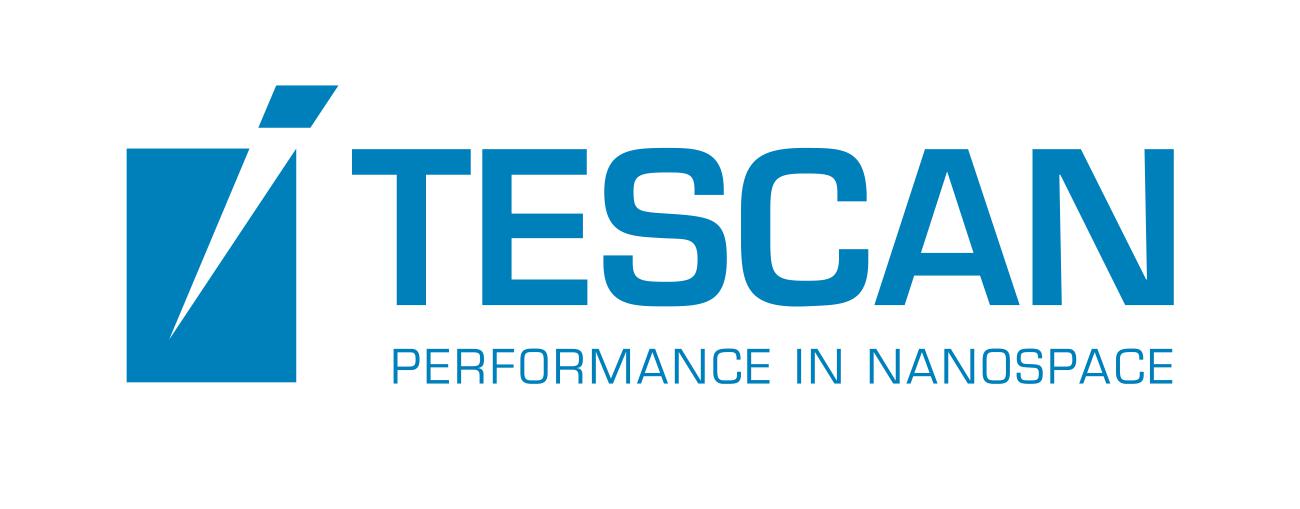Speaker
Description
Biobased materials have been applied more and more widely in the field of construction, thanks to their low thermal conductivity and humidity adsorption capacity. The application of them creates a promising way to lower resources assumption and carbon dioxide emission, contributing to sustainable development.
For better application of biobased construction materials, a full understanding of moisture transport process in building envelopes is of vital importance since it can greatly affect the comfort or discomfort that the walls provide to people due to the resulting wetness or heat loss along the walls. Thus, it has an impact on the ventilation and heating demand, which leads to energy consumption reduce. However, our current knowledge of these complex processes is still limited. Factually, the moisture transfer process in the building envelopes is generally not taken into account in the current conventional thermal calculation and energy consumption analysis. The major problem hindering progress is the lack of information and proper description of water transport and phase changes inside the porous structure. Measurements remain challenging, in particular considering that the materials are not transparent and different states of water (free liquid water, bound water, vapor) can coexist. The most difficult point concerns bound water, i.e., water absorbed inside the molecular structure of cell walls, which can hardly be detected with standard imaging.
In this study, we prepare samples made by cotton fibres with varies porosities,
then use them in NMR test, the pores in samples are filled with oil to examine if the bound water within fibres can be transferred. Following the bound water by NMR, it has been found that there is a network of contacts between the fibers, which allows to transport the bound water throughout the system even when the pores are filled with oil. Then the diffusion coefficient can be measured by analytical solution or finite element method. The diffusion coefficient will vary for different porosities, which can be linked to the variation of compression, leading to the difference of the fibres’ orientations. Moreover, letting the diffusion direction being vertical to the compression direction, the value of the longitudinal diffusion coefficient (along fiber axis) can be deduced, and the effect of diffusion direction on the transfer velocity of bound water within fibres can be noticed. Finally, we will consider a model material made by compression of cotton fibres, establish a mathematical model for straightforward analytical predictions of the humidification or drying characteristics of textile materials. Throughout this study, we can get detailed information of the moisture transfer process during drying/humidification process, which can provide insight into the underlying mechanism of the biobased materials, thus paving the way to the application of biobased materials in the field of construction.
| Participation | In-Person |
|---|---|
| Country | France |
| MDPI Energies Student Poster Award | Yes, I would like to submit this presentation into the student poster award. |
| Acceptance of the Terms & Conditions | Click here to agree |







